All products featured are independently chosen by us. However, SoundGuys may receive a commission on orders placed through its retail links. See our ethics statement.
Sony Inzone H9 II vs Inzone H9: Should you upgrade?
October 18, 2025
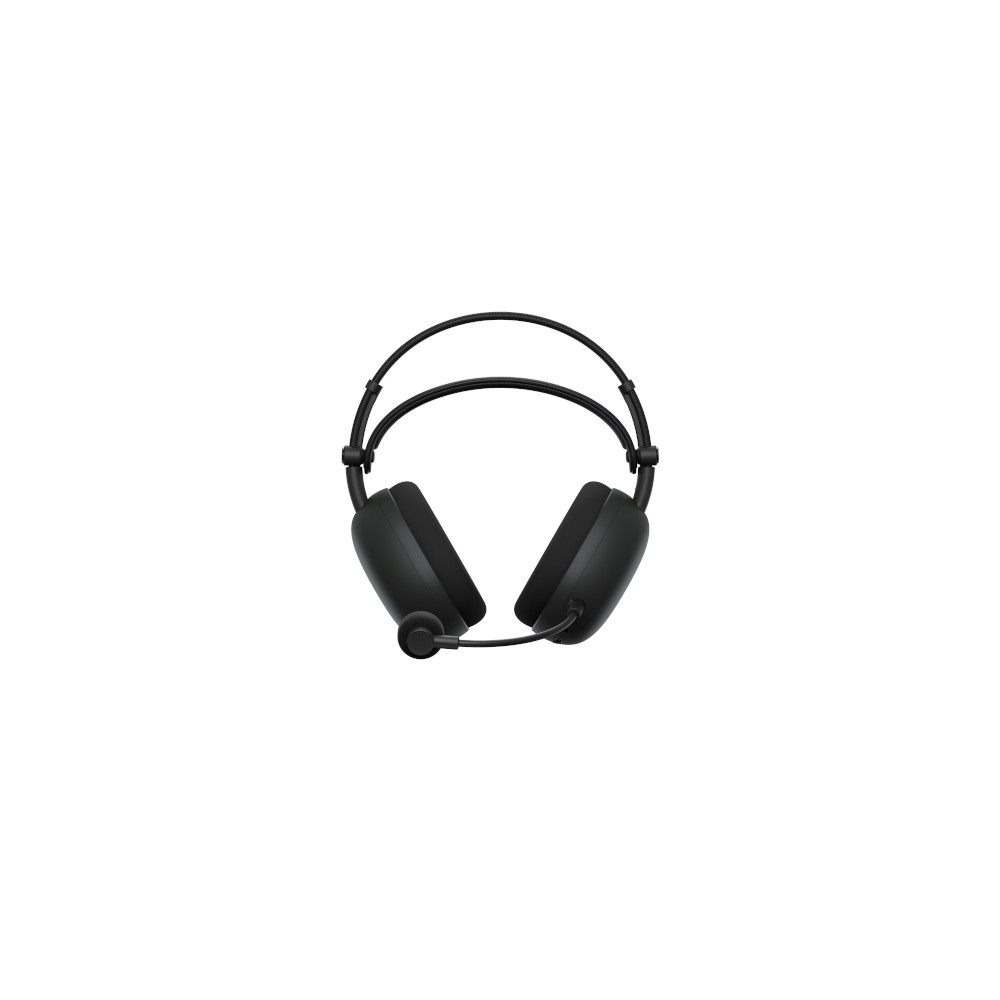

Nearly three years after the original INZONE H9 was launched, Sony has released its successor, promising better comfort, improved microphone quality, and expanded connectivity. The INZONE H9 II keeps the premium features that made the first generation appealing—active noise canceling, Bluetooth support, and long battery life—while addressing some key complaints. However, at $350 compared to the original’s $300 price tag, the question isn’t just whether the H9 II is better, but whether it’s $50 better.
This article was originally published on October 18, 2025, and this is the first version.
What’s it like to use the Sony Inzone H9 II compared to the Inzone H9?
The most immediately noticeable difference is weight. Sony managed to shed 70 grams from the H9 II, bringing it down to 260g compared to the original’s 330g. This makes a real difference during extended gaming sessions. The H9 II also features a redesigned headband with a thin steel frame wrapped in braided fabric and an adjustable padded cushion underneath, replacing the simpler leatherette-covered design of the original.
Both headsets share similar comfort-focused designs with deep, wide earcups that accommodate larger ears without pressing against the drivers. However, the H9 II’s earpads use a more breathable mesh fabric with a pleather inner lining, which should reduce heat buildup compared to the original’s full leatherette pads. The H9 II’s earpads are also replaceable, unlike the original’s.
One notable difference is the microphone design. The original H9 featured a permanently attached flip-to-mute boom mic, while the H9 II upgrades to a detachable unidirectional design. The newer model also lacks the strong clamping force of the original, which means the earcups may shift slightly during movement—a minor trade-off for the lighter weight.
Do the Sony Inzone H9 II or Inzone H9 have more features?
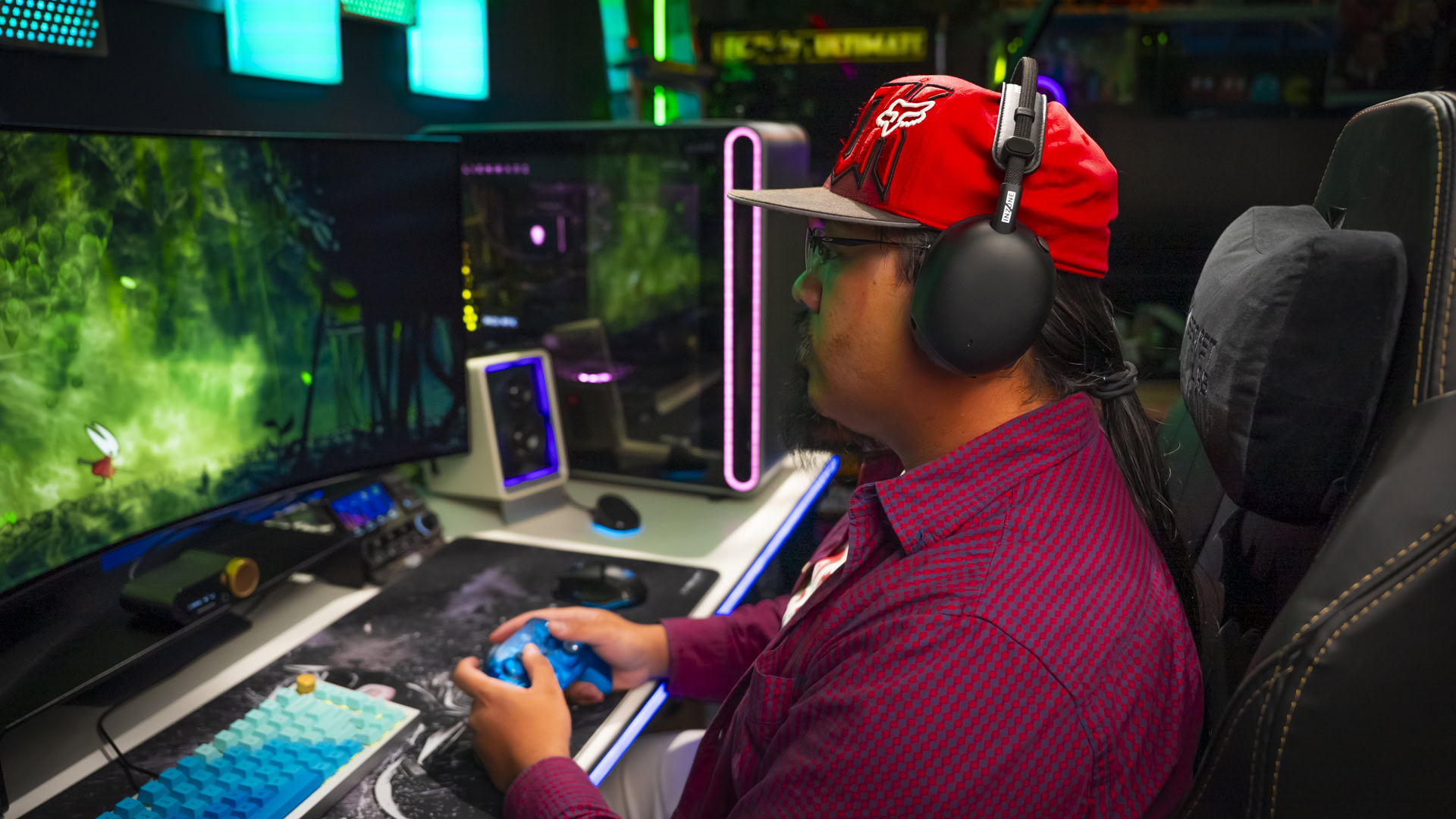
Both headsets offer the core premium features you’d expect: active noise canceling, Bluetooth connectivity, and simultaneous audio from both the 2.4GHz dongle and Bluetooth. They also both work with Sony’s INZONE Hub software for PC, which provides EQ presets (including FPS-specific options developed with FNATIC) and custom 10-band EQ controls. Both support Sony’s personalized spatial audio feature using ear photos to generate custom HRTF profiles.
Additionally, the H9 II works with Sony’s Sound Connect mobile app, which allows you to save EQ presets directly to the headset for use on PlayStation or Nintendo Switch consoles. This is a notable improvement for console gamers who want to customize their sound without a PC.
How do the Sony Inzone H9 II and Inzone H9 connect?
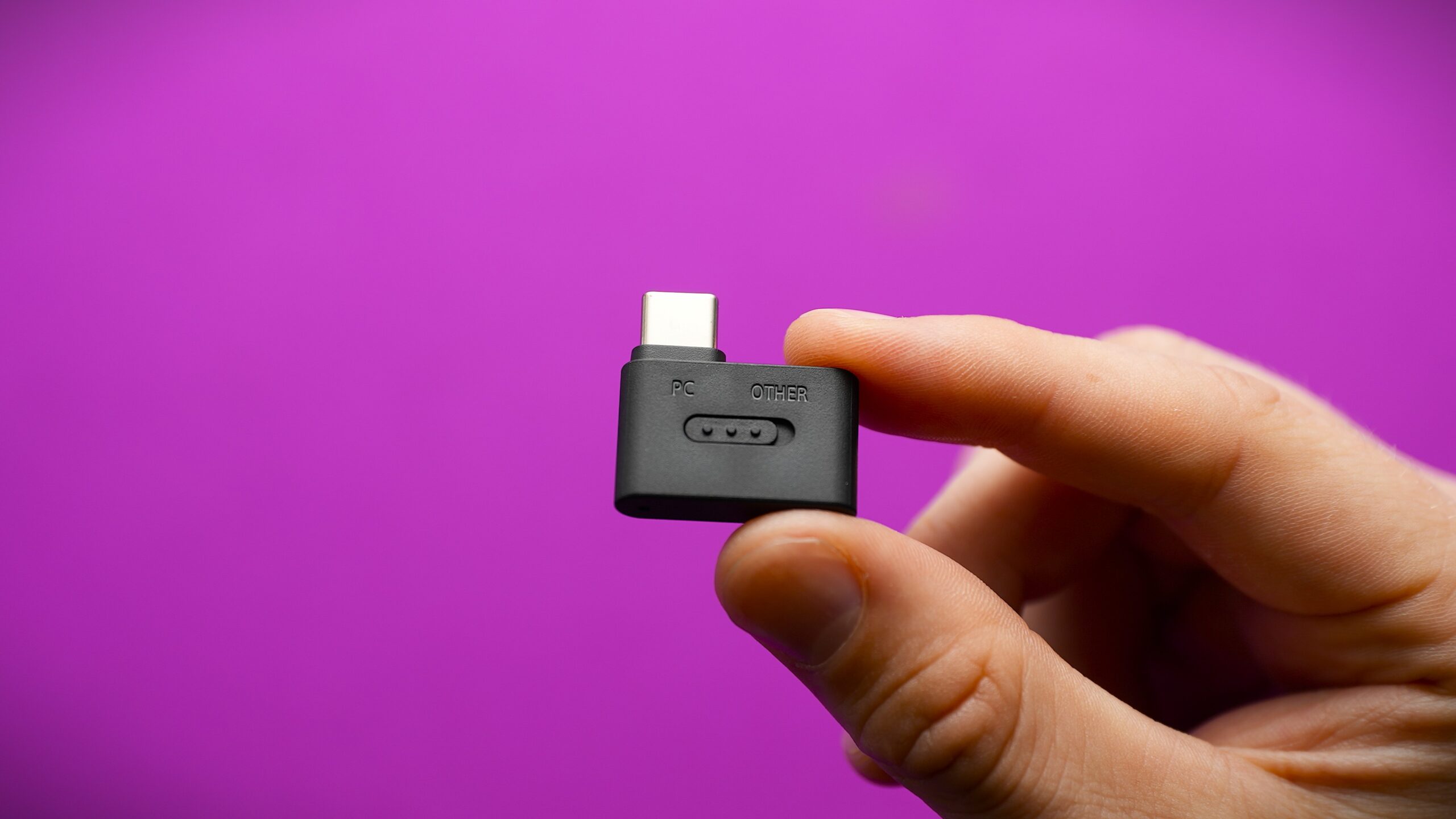
Both headsets use the same primary connection methods: a 2.4GHz USB-A dongle for lag-free wireless audio on PC, PlayStation, and docked Nintendo Switch, plus Bluetooth support for mobile devices. Both can output audio from Bluetooth and the dongle simultaneously.
The key difference is that the H9 II adds a 3.5mm wired connection option, which the original completely lacked. This is particularly useful for handheld gaming systems or connecting directly to a controller. The H9 II also features updated Bluetooth 5.3 with LE Audio support, compared to the original’s Bluetooth 5.0, bringing improved efficiency and additional codec support.
Is battery life better on the Sony Inzone H9 II or Inzone H9?
The original H9 takes the crown here. In testing with ANC off at 75dB, the H9 lasted an impressive 58 hours and 52 minutes, while the H9 II managed 48 hours and 32 minutes—still respectable for two full days of gaming, but noticeably shorter than its predecessor.
Both headsets charge via USB-C and support quick charging, though with different specifications. The H9 II provides three hours of playback from just five minutes of charging, while the original offers 60 minutes from 10 minutes of charging. The original takes about 3.5 hours for a full charge. Neither headset supports USB audio, so you can’t play while charging.
Do the Sony Inzone H9 II or Inzone H9 block noise better?
Loading chart ...
Both headsets offer effective ANC performance, but the newer model is much better. The original H9 provides very little attenuation in the sub-bass range but substantially quiets sounds from 100-400Hz. The H9 II shows good attenuation in the sub and upper-bass range, effectively handling rumbling and droning sounds. Overall, the H9 II achieves an average 80% reduction in perceived loudness with ANC enabled, whereas the original H9 achieved only 63% in our testing.
In real-world use, they won’t completely block out someone speaking a few feet away, but they’ll effectively silence environmental noise like AC units or fans. The H9 II’s ambient mode offers slightly better awareness than the original version, though neither provides true transparency mode capabilities like Sony’s flagship WH-1000XM series headphones.
Do the Sony Inzone H9 II sound better than the Inzone H9?
The original H9 has boosted bass that can overpower vocals and guitars in rock tracks, but it handles game audio well across different genres. The bass emphasis might occasionally mask footsteps under explosions in competitive shooters, but overall it’s versatile.
The H9 II sounds dark and muffled for music—string instruments and vocals lack presence, with dulled attack on plucked strings and drum hits. For FPS games, it reduces fatigue during long sessions and footsteps remain clear enough for competitive play, though spatial positioning struggles with vertical height cues. Bottom line: the original H9 works better out of the box for varied content, while the H9 II is purpose-built for FPS gaming at the expense of everything else.
Spatial audio
Both headsets support personalized spatial audio through the INZONE Hub software on PC. The process is identical for both: take a picture of your ears, upload it to Sony’s servers, and the system generates a custom HRTF profile for tailored spatial audio. On PlayStation 5, both headsets work with the console’s built-in spatial sound feature. If you don’t want to photograph your ears, both headsets also work with Windows Sonic, the spatial sound feature built into Windows.
EQ options
Both the H9 and H9 II offer the same EQ customization through the INZONE Hub software on PC: a 10-band custom equalizer plus several presets. However, there’s a key difference in how they handle EQ on consoles.
The original H9 can only apply EQ settings when connected to a PC running the INZONE Hub software. For PlayStation or Nintendo Switch gaming, you’re stuck with the default tuning.
The H9 II works with Sony’s Sound Connect mobile app, which allows you to save EQ presets directly to the headset itself. This means you can customize the sound and apply those settings when gaming on PlayStation or Nintendo Switch—a significant advantage for console gamers who want to tweak the sound without a PC.
Objective Measurements
Loading chart ...
The Sony INZONE H9 outputs sound pretty close to our house curve, with one very glaring exception: sounds in the upper bass and lower midrange (70-200Hz) are significantly boosted. Apart from that, there’s a little added emphasis in the sub-bass range and in the high end around 5-6kHz. The frequency response is very similar to the Sony WH-1000XM3.
The INZONE H9 II’s frequency response is very different than the house curve, especially in the important regions like the 3kHz “ear gain” bump, with a significant dip just before 4kHz. Ear gain refers to the natural boost in this frequency range that occurs when sound enters your ear canal, and headphones typically must reproduce this emphasis to sound natural and present. The INZONE H9 II does not. Aside from that, sounds in the sub bass (20-60Hz) are underemphasized. Even though Sony incorporated the same drivers as the of the WH-1000XM6 headphones here, the INZONE H9 II frequency response is very different than that, which followed our house curve much more closely.
Do the Sony Inzone H9 II or Inzone H9 have a better microphone?
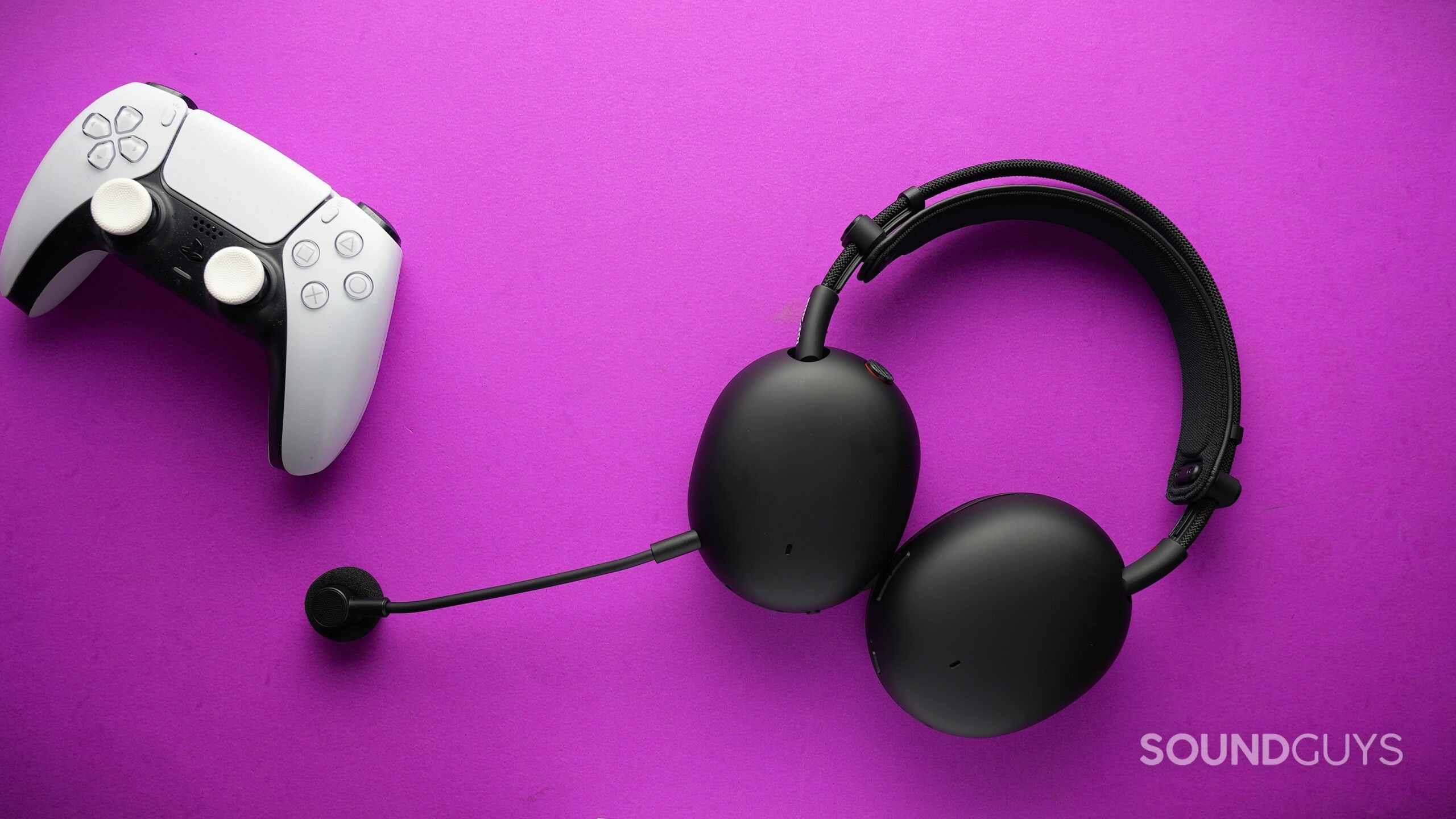
The H9 II offers a clear upgrade here. It replaces the original’s flip-to-mute bidirectional microphone with a detachable unidirectional design that better isolates your voice and reduces background noise. The Super Wide Band frequency range has been expanded from 50Hz-7kHz to 50Hz-14kHz, doubling the upper limit for more natural and detailed vocal reproduction.
Both microphones perform well for gaming communication and work calls—they’re reliable and clear, representing a significant step up from basic earbuds. However, the H9 II’s improved directionality and extended frequency response provide noticeably clearer communication, especially in noisier environments.
One quirk of the H9 II: the default sidetone volume is quite low and needs adjustment to 70-80% in the INZONE Hub app for clear self-monitoring. Setting it higher can make your voice sound robotic with shrill sibilants.
Sony Inzone H9 II microphone demo (Ideal conditions):
Inzone H9 microphone demo (Ideal conditions):
Sony Inzone H9 II microphone demo (Office conditions):
Inzone H9 microphone demo (Office conditions):
Which microphone sounds better to you?
Sony Inzone H9 II vs Inzone H9: Price and availability
The original INZONE H9 launched at $299.99 USD in July 2022, while the newer H9 II debuted at $349.99 USD in August 2025—a $50 price increase. Both are available through major retailers and Sony’s website.
Given that three years have passed between releases, the price increase might seem reasonable for the improvements. However, the competitive gaming headset market has evolved significantly in that time, with many excellent options now available in the $150-250 range offering similar features.
Should you get the Sony Inzone H9 II or Inzone H9?
Bottom line: If you already own the original INZONE H9, the H9 II doesn’t offer enough improvements to justify upgrading unless you specifically need the 3.5mm wired connection or significantly prefer lighter headsets. The original actually offers better battery life and more versatile default tuning.
If you’re choosing between them for a new purchase and can find the original H9 on sale, it represents better value for most users. The H9 II is the better choice only if you’re a dedicated FPS player who values the competition-tuned sound profile and don’t mind extensive EQ adjustments for everything else.

Neither headset is perfect, and both struggle to justify their premium pricing when excellent alternatives exist for significantly less money. The H9 II’s hyper-specific FPS tuning makes it a specialist tool rather than an all-around gaming headset, while the original H9’s bass boost can be problematic for some music. Both require custom EQ adjustments to reach their full potential.
What should you get instead of the INZONE H9 II or INZONE H9?
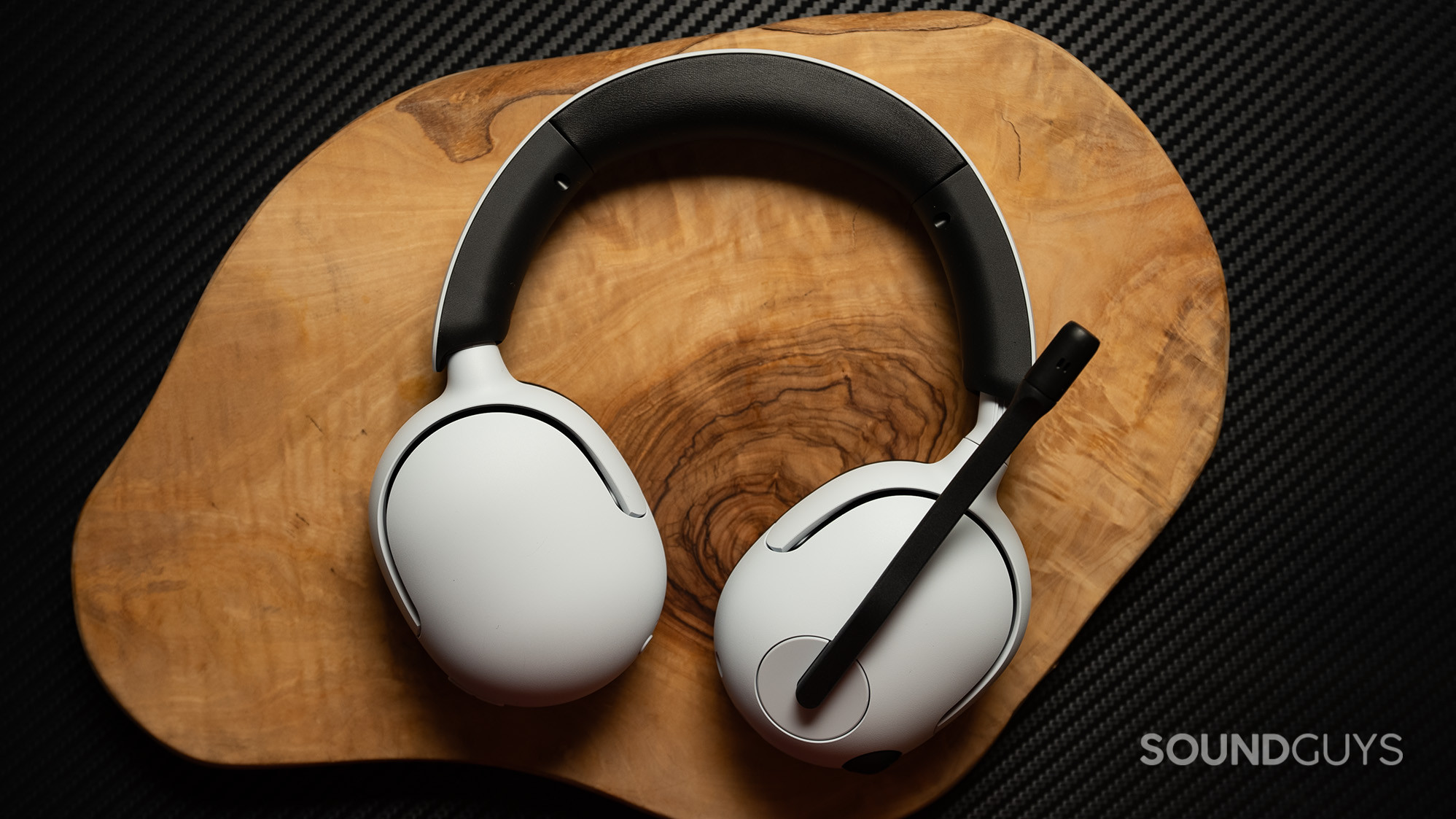
If you’re considering either INZONE headset, these alternatives offer better value:
- Alienware Pro Wireless ($229.99): Achieves the highest MDAQS scores among tested gaming headsets with excellent sound quality. Offers 70+ hour battery life and effective ANC with better seal and fit than the H9 II. At $120 less than the H9 II, it’s the better choice for PC and PlayStation gamers who want premium features without the FPS-specific tuning quirks.
- Razer BlackShark V3 Pro ($249.99): Superior wireless latency at just 10ms makes this ideal for competitive FPS players who demand the fastest response times. Offers up to 70 hours of battery life and costs $100 less than the H9 II. While it suffers from some treble distortion and fit issues, it’s more comfortable for extended wear and better balanced for general use.
- PlayStation Pulse Elite ($147.99): For PS5-exclusive gamers who don’t need ANC, this costs half the price of the H9 II while offering planar magnetic drivers with solid sound quality and excellent battery life. The best value option if you only game on PlayStation.
- Sony INZONE H5 ($148): Sony’s own mid-tier option strips out the ANC but keeps the good microphone, comfort, and excellent battery life at less than half the H9 II’s price. A smart choice if you game in a quiet environment.
Thank you for being part of our community. Read our Comment Policy before posting.